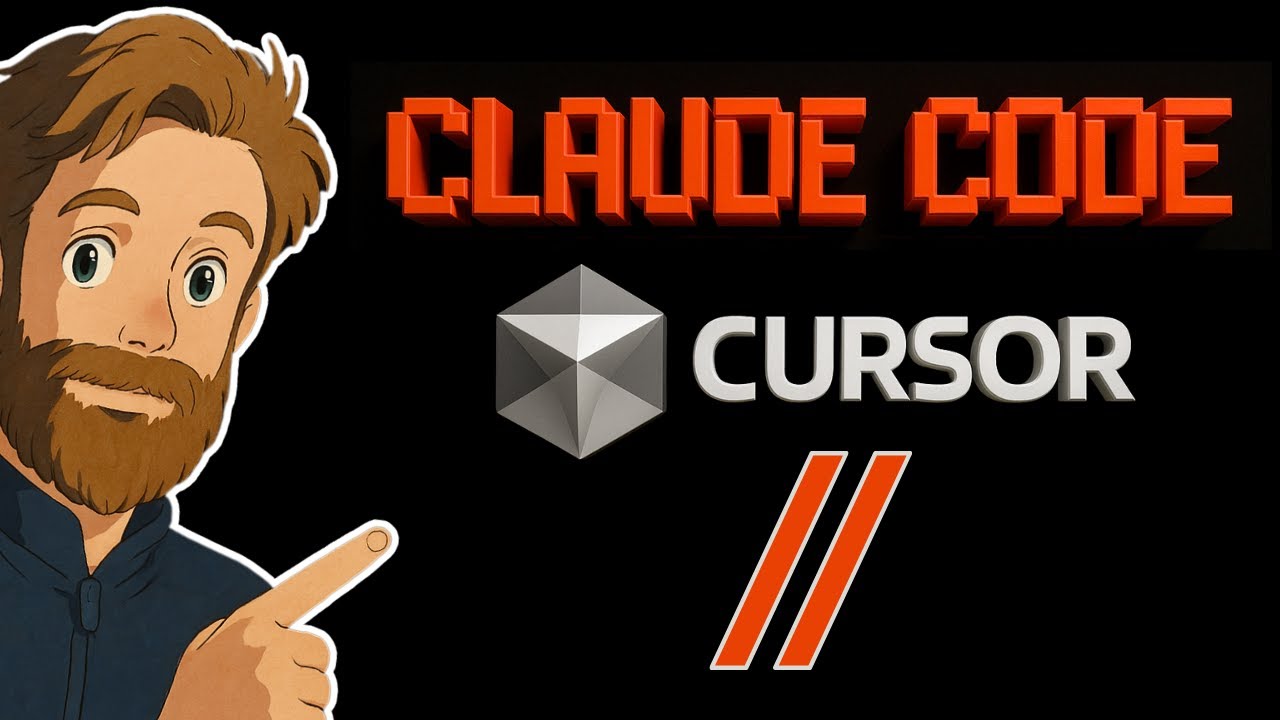The video showcases an innovative parallel coding approach where two clients, one using Claude Code and the other using Cursor, collaborate on a project via an MCP server that facilitates real-time communication. The creator demonstrates the setup and initial testing while developing a photo upload app, highlighting the rapid development pace and the potential of this collaborative coding method.
In the video, the creator introduces an innovative concept called parallel coding, where two clients—one using Claude Code and the other using Cursor—collaborate on a single project simultaneously. The setup involves an MCP (Message Control Protocol) server that facilitates communication between the two clients, allowing them to send messages and updates to each other. Although the system is still in development and not fully optimized, the creator shares their initial testing and aims to build a simple project together.
The video begins with a demonstration of the MCP server, which operates on localhost and connects both clients through an MCP bridge. The creator explains how they can send messages between the two clients, showcasing the communication process. They encounter some technical issues during the setup but manage to establish a connection, allowing the clients to exchange messages about their readiness to work on the project.
Next, the creator utilizes Gemini 2.5 to generate a step-by-step plan for the project, which involves creating a photo upload app that stores images locally. The plan is shared with both clients, enabling them to work on their respective parts—one focusing on the front end and the other on the back end. The creator emphasizes the importance of having a structured plan to facilitate effective collaboration between the two clients.
As the clients begin their work, the video highlights the rapid pace of development, with both clients autonomously sending messages and updates to each other. The creator observes the interactions and notes the challenges of keeping track of the fast-moving progress. Despite the complexity, the clients successfully communicate about the API and integration, demonstrating the potential of parallel coding in a collaborative environment.
In conclusion, the creator expresses excitement about the technology and its capabilities, noting that this is just the beginning of their exploration into parallel coding. They plan to continue refining the communication between the clients and aim for a more structured workflow where both clients can implement changes and share information effectively. The video serves as an early preview of this innovative approach, inviting viewers to engage with the concept and provide feedback for future developments.
